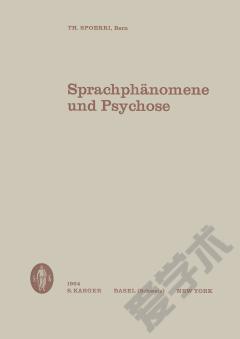Language and Schizophrenia.
This book investigates the functioning of linguistic phenomena, especially in the area of semantics and pragmatics of the language of schizophrenics. By making semantics and pragmatics the primary objects of this work, the author departs from the traditional approach of those psycholinguistic and psychiatric studies which aim to explain how the language of schizophrenics differs from the common language. This book, on the other hand, basically attempts to provide the reason why this language differs. The shift from description to explanation required the development of a new psycholinguistic method and the assertion that schizophrenia is a semiotic illness. The remarkable humanistic value of this book lies in the sensitivity of the author's approach to the mentally ill and in the concept that the language of schizophrenics is understandable, and consequently, that it is possible to actually understand the sick person. The social consequences of this are of immense significance for those attempting to communicate, whether as doctors or family members, with the one in 100 persons who use schizophrenic language. Dr. Wrobel's interpretation of so-called schizophrenic illumination, in which the curtain is torn, behind which the essence of things is cancelled and the schizophrenic reaches the heart of the meaning of everything, numbers among the most apt descriptions of this unusual psychopathological phenomenon. Z. Ryn, Professor of Psychiatry
{{comment.content}}








 京公网安备 11010802027623号
京公网安备 11010802027623号